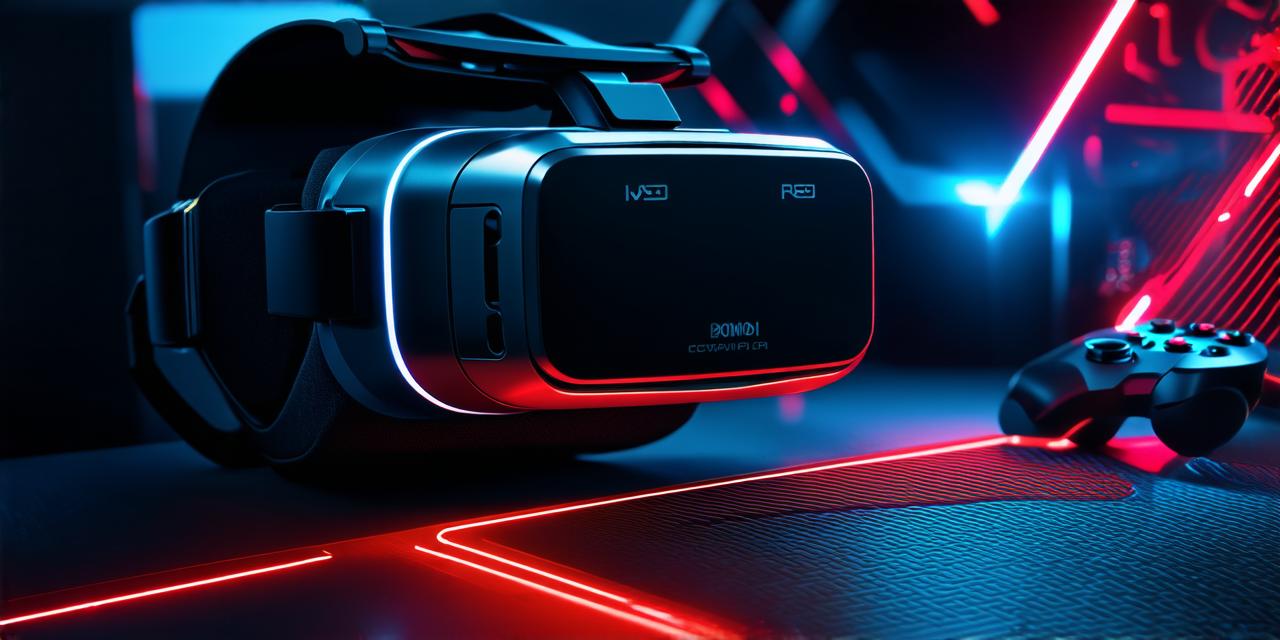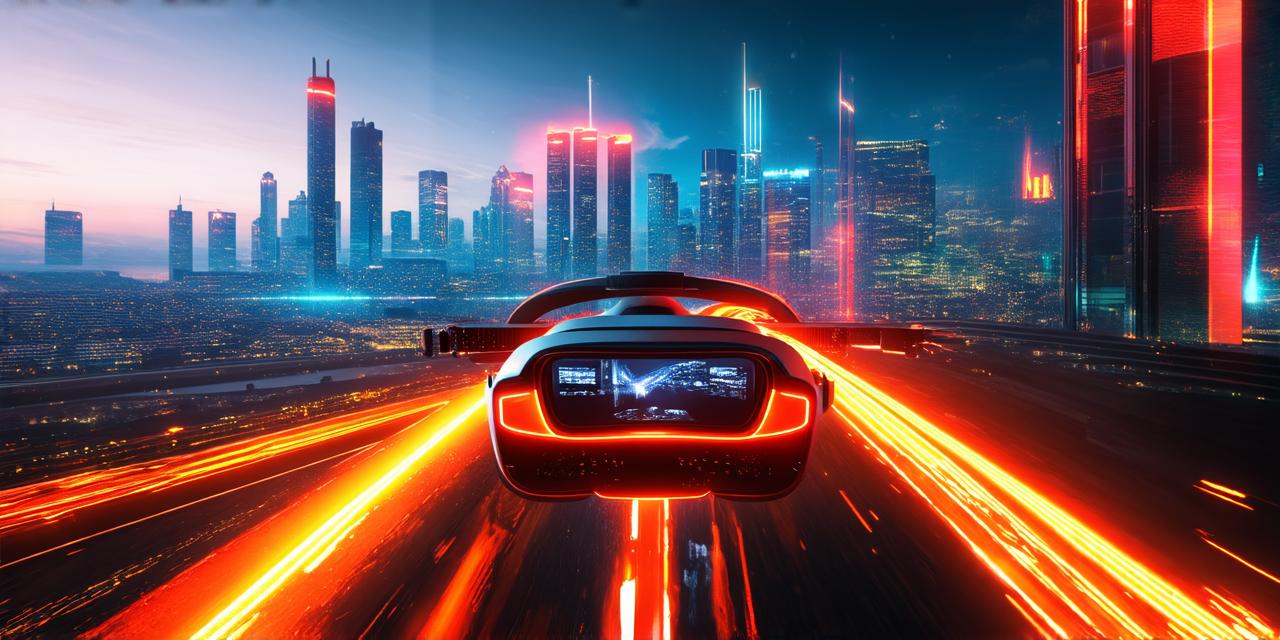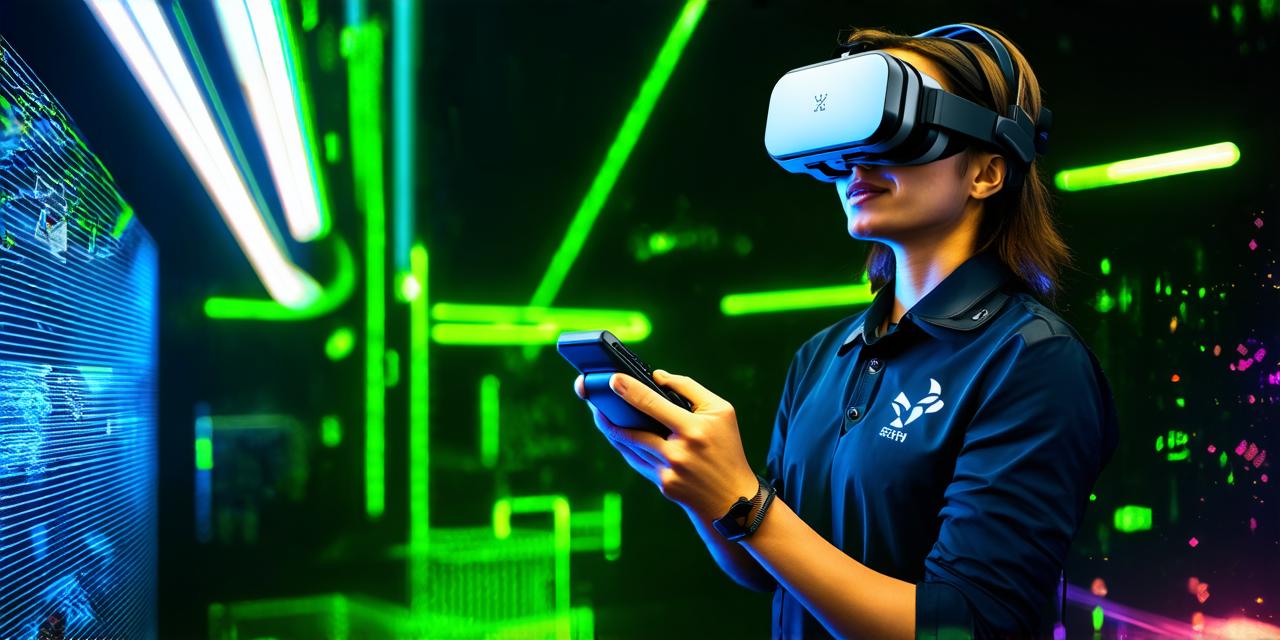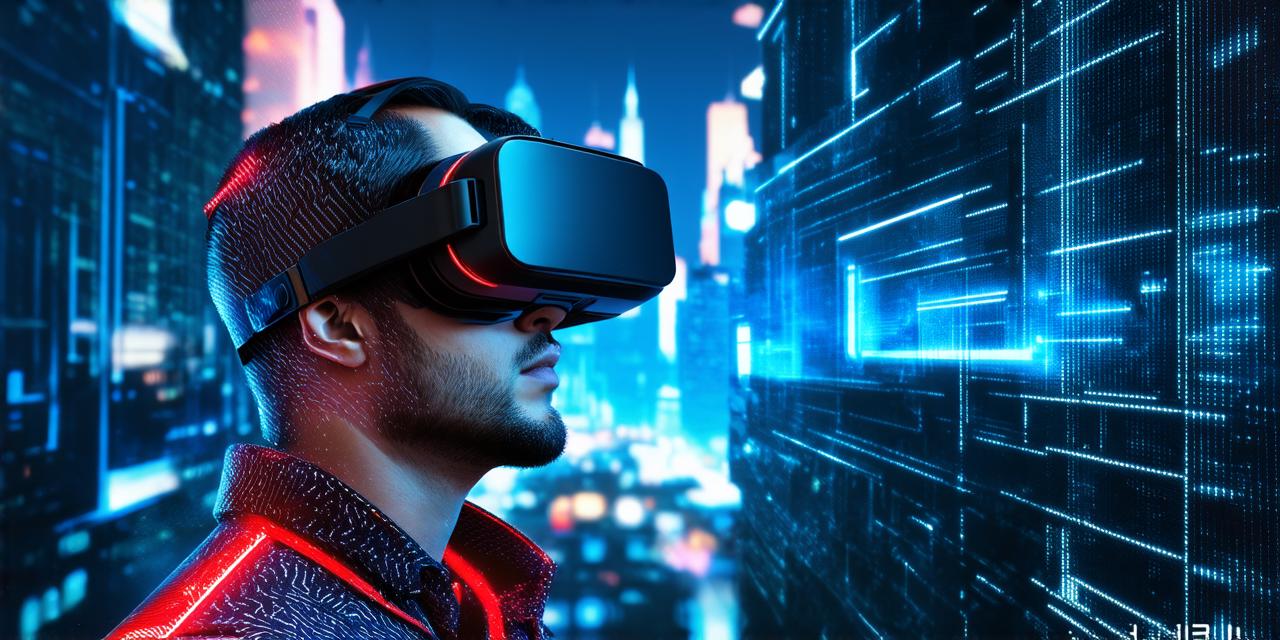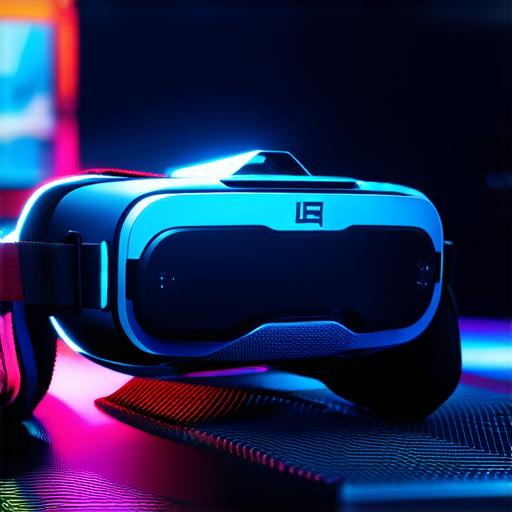
Hardware Requirements for VR Games
Virtual reality games require specialized hardware to create an immersive gaming experience. The two main components of a VR system are the headset and the tracking sensors. The headset is worn by the player and typically consists of a screen, sensors, and a headband. The tracking sensors use infrared technology to track the movement of the player’s head and hands, allowing for a realistic virtual environment.
There are several different types of VR hardware available on the market, each with its own strengths and weaknesses. The most popular VR systems include the Oculus Quest, HTC Vive, and PlayStation VR. Each system has its own specifications, such as resolution, refresh rate, and field of view, which can affect the overall quality of the gaming experience.
Software Development for VR Games
Developing a VR game requires specialized software skills, including programming languages like C++ and Unity, as well as knowledge of game engines like Unreal Engine and Unity. In addition to these technical skills, VR game development also requires a deep understanding of user experience (UX) design principles and how to create an immersive gaming environment.
One key consideration in VR game development is the use of motion sickness-inducing elements like rapid movement or flashing lights. Developers must carefully balance the need for immersion with the risk of causing motion sickness, which can lead to a negative user experience.
User Experience Considerations for VR Games
The user experience (UX) is critical to the success of a VR game. In order to create an engaging and immersive gaming experience, developers must consider a variety of factors, including the overall design of the game world, the use of audio and haptic feedback, and the interaction between the player and virtual objects.
One of the most important aspects of VR UX is the use of hand tracking. Hand tracking allows players to interact with virtual objects in a more natural way, which can enhance the overall immersion of the gaming experience. However, hand tracking can also be challenging to implement and requires careful calibration to ensure accurate tracking.
Another key consideration in VR UX is the use of motion sickness-inducing elements like rapid movement or flashing lights. Developers must carefully balance the need for immersion with the risk of causing motion sickness, which can lead to a negative user experience.
Case Studies and Personal Experiences
One of the best ways to understand how VR games work is through case studies and personal experiences. There are many examples of successful VR game development, including the popular game “Beat Saber” and the educational game “Anatomystic.” These games demonstrate how VR can be used for both entertainment and education purposes.
Personal experiences with VR games can also provide valuable insights into the technology and its potential applications. For example, as an AR developer, I have had the opportunity to try out several VR games and was impressed by the level of immersion and interactivity that these games offer. However, I also noticed some challenges in terms of motion sickness and hand tracking accuracy.
FAQs
What hardware do I need to develop a VR game? There are several different types of VR hardware available on the market, each with its own specifications. The most popular VR systems include the Oculus Quest, HTC Vive, and PlayStation VR.
What software skills do I need to develop a VR game? Developing a VR game requires specialized software skills, including programming languages like C++ and Unity, as well as knowledge of game engines like Unreal Engine and Unity.
How can I balance the need for immersion with the risk of causing motion sickness in a VR game? Developers must carefully balance the need for immersion with the risk of causing motion sickness by considering factors like rapid movement and flashing lights, and using hand tracking accurately to reduce the risk of motion sickness.
What are some examples of successful VR game development? There are many examples of successful VR game development, including the popular game “Beat Saber” and the educational game “Anatomystic.” These games demonstrate how VR can be used for both entertainment and education purposes.
Conclusion
Virtual reality games have the potential to revolutionize the way we experience entertainment and interactive gaming. As an AR developer, understanding how VR games work is essential for creating engaging and immersive experiences. By considering hardware requirements, software development, and user experience considerations, developers can create VR games that are both entertaining and accessible to a wide range of users. With the right tools and techniques, VR game development can be a highly rewarding and exciting field for AR developers.
